Designing Care Spaces in Urban Areas
Abstract
:1. Introduction
2. Materials and Methods
2.1. Execution of Research Projects in the Form of Interdisciplinary Workshops New Space
2.2. Defining a Care Spaces
2.3. Description of the Area Selected for Revitalization
2.4. Soundscape Studies
2.5. Development of the Database
2.6. MFCC Feature Extraction
2.7. Recurrent Neural Network (RNN)
3. Results
3.1. Projcets Developed During the Workshops
3.2. Designing a Soundscape
3.3. Evalution of the Recurrentneural Network Model
3.4. Permutation Feature Importance
3.5. Field Study
4. Conclusions
Author Contributions
Funding
Data Availability Statement
Conflicts of Interest
References
- Deng, Y.; Cai, L.; Li, X. Ecological sustainability-oriented urban landscape planning: Philosophy, method, and framework. In Proceedings of the World Automation Congress 2012, Puerto Vallarta, Mexico, 24–28 June 2012; pp. 1–4. [Google Scholar]
- Wan, Y.; Gu, W.; Yu, S.; Sun, L. Research on strategies of the urban overall landscape planning. In Proceedings of the 2011 International Conference on Remote Sensing, Environment and Transportation Engineering, Nanjing, China, 24–26 June 2011; pp. 3395–3398. [Google Scholar]
- Whyte, W. The Social Life of Small Urban Spaces; Routledge: Abingdon, UK, 2010; pp. 32–39. [Google Scholar]
- Gibała-Kapecka, B.; Kapecki, T. The Real City-The Mental City; Back to the Sense of the City: International Monograph Book, 2016; Centre de Política de Sòl i Valoracions: Barcelona, Spain, 2016; pp. 1402–1414. [Google Scholar]
- Smagacz-Poziemska, M.; Bukowski, A.; Martini, N. Social practice research in practice. Some methodological challenges in applying practice-based approach to the urban research. Int. J. Soc. Res. Methodol. 2021, 24, 65–78. [Google Scholar] [CrossRef]
- Murzyn-Kupisz, M.; Dzialek, J. Theorising Artists As Actors Of Urban Change. In Impact of Artists on Contemporary Urban Development in Europe; Springer: Dordrecht, The Netherlands, 2017; Volume 123, pp. 1–44. [Google Scholar]
- Ozga, A.; Wierzbicki, J.; Mleczko, D. A Proposal Concerning Assessment of Alternative Cityscape Designs with Audiovisual Comfort and Health of Inhabitants. Arch. Acoust. 2023, 48, 573–583. [Google Scholar]
- Russo, F. Sustainable Mobility as a Service: Dynamic Models for Agenda 2030 Policies. Information 2022, 13, 355. [Google Scholar] [CrossRef]
- Guarini, E.; Mori, E.; Zuffada, E. New development: Embedding the SDGs in city strategic planning and management. Public Money Manag. 2021, 41, 494–497. [Google Scholar] [CrossRef]
- Raszkowski, A.; Bartniczak, B. On the Road to Sustainability: Implementation of the 2030 Agenda Sustainable Development Goals (SDG) in Poland. Sustainability 2019, 11, 366. [Google Scholar] [CrossRef]
- Nations, U. Resolution Adopted by the General Assembly on 27 July 2015; United Nations: Norfolk, VA, USA, 2015. [Google Scholar]
- Schulte, N. Baukultur und Klimaschutz; Duncker & Humblot: Berlin, Germany, 2019. [Google Scholar]
- Sigel, P.; Durth, W. Towards a High-Quality Baukultur for Europe; Mimesis: Milano, Italy, 2019. [Google Scholar]
- Ozga, A.C.K.M.D.; Wierzbicki, J.; Nozka, M.; Lyn, A.; Idczak, J.; Chojnacka, K.; Wojcik, D. Alternative Public Spaces: Mateczny–Borek Falecki: The Future of Sound in the City; Wydawnictwo Akademii Sztuk Pieknych im. Jana Matejki: Krakow, Poland, 2019. [Google Scholar]
- Dzialek, J.G.-K.B.; Kapecki, T.; Nozka, M.; Ozga, A.; Smagacz-Poziemska, M. Caringscapes; Politechnika Krakowska: Krakow, Poland, 2022. [Google Scholar]
- Ozga, A. Scientific Ideas Included in the Concepts of Bioacoustics, Acoustic Ecology, Ecoacoustics, Soundscape Ecology, and Vibroacoustics. Arch. Acoust. 2017, 42, 415–421. [Google Scholar] [CrossRef]
- Wiciak, J.; Mleczko, D.; Ozga, A.; Wszolek, G.; Wierzbicki, J.; Piechowicz, J.; Malecki, P. Quietness in the Soundscape of the Bialowieza National Park. Acta Phys. Pol. A 2015, 128, A79–A84. [Google Scholar] [CrossRef]
- Pijanowski, B.C.; Farina, A.; Gage, S.H.; Dumyahn, S.L.; Krause, B.L. What is soundscape ecology? An introduction and overview of an emerging new science. Landsc. Ecol. 2011, 26, 1213–1232. [Google Scholar] [CrossRef]
- Pijanowski, B.C.; Villanueva-Rivera, L.J.; Dumyahn, S.L.; Farina, A.; Krause, B.L.; Napoletano, B.M.; Gage, S.H.; Pieretti, N. Soundscape Ecology: The Science of Sound in the Landscape. Bioscience 2011, 61, 203–216. [Google Scholar] [CrossRef]
- Nózka, M. Social sonic practices. The urban audiosphere in the practices of D/deaf and hearing people. Soc. Cult. Geogr. 2023, 24, 327–344. [Google Scholar] [CrossRef]
- Ronchini, F.; Serizel, R. A Benchmark of State-of-the-Art Sound Event Detection Systems Evaluated on Synthetic Soundscapes. In Proceedings of the ICASSP 2022—2022 IEEE International Conference on Acoustics, Speech and Signal Processing (ICASSP), Singapore, 23–27 May 2022; pp. 1031–1035. [Google Scholar]
- Turpault, N.; Serizel, R.; Wisdom, S.; Erdogan, H.; Hershey, J.R.; Fonseca, E.; Seetharaman, P.; Salamon, J. Sound Event Detection and Separation: A Benchmark on Desed Synthetic Soundscapes. In Proceedings of the ICASSP 2021—2021 IEEE International Conference on Acoustics, Speech and Signal Processing (ICASSP), Toronto, ON, Canada, 6–11 June 2021; pp. 840–844. [Google Scholar]
- Harshavardhan, K.S. Urban sound classification using ANN. In Proceedings of the 2022 International Interdisciplinary Humanitarian Conference for Sustainability (IIHC), Bengaluru, India, 18–19 November 2022; pp. 1475–1480. [Google Scholar]
- Jaiswal, K.; Patel, D.K. Sound Classification Using Convolutional Neural Networks. In Proceedings of the 2018 IEEE International Conference on Cloud Computing in Emerging Markets (CCEM), Bangalore, India, 23–24 November 2018; pp. 81–84. [Google Scholar]
- Massoudi, M.; Verma, S.; Jain, R. Urban Sound Classification using CNN. In Proceedings of the 2021 6th International Conference on Inventive Computation Technologies (ICICT), Coimbatore, India, 20–22 January 2021; pp. 583–589. [Google Scholar]
- Yang, W.; Zhang, D.; Fu, Y. Research of a Diagonal Recurrent Neural Network and Artificial Neural Networks. In Proceedings of the 2016 International Symposium on Computer, Consumer and Control (IS3C), Xi’an, China, 4–6 July 2016; pp. 374–377. [Google Scholar]
- Lezhenin, I.; Bogach, N.; Pyshkin, E. Urban Sound Classification using Long Short-Term Memory Neural Network. In Proceedings of the 2019 Federated Conference on Computer Science and Information Systems (FedCSIS), Leipzig, Germany, 1–4 September 2019; pp. 57–60. [Google Scholar]
- Das, J.K.; Ghosh, A.; Pal, A.K.; Dutta, S.; Chakrabarty, A. Urban Sound Classification Using Convolutional Neural Network and Long Short Term Memory Based on Multiple Features. In Proceedings of the 2020 Fourth International Conference On Intelligent Computing in Data Sciences (ICDS), Fez, Morocco, 21–23 October 2020; pp. 1–9. [Google Scholar]
- Bubashait, M.; Hewahi, N. Urban Sound Classification Using DNN, CNN & LSTM a Comparative Approach. In Proceedings of the 2021 International Conference on Innovation and Intelligence for Informatics, Computing, and Technologies (3ICT), Zallaq, Bahrain, 29–30 September 2021; pp. 46–50. [Google Scholar]
- Shah, S.K.; Tariq, Z.; Lee, Y. IoT based Urban Noise Monitoring in Deep Learning using Historical Reports. In Proceedings of the 2019 IEEE International Conference on Big Data (Big Data), Los Angeles, CA, USA, 9–12 December 2019; pp. 4179–4184. [Google Scholar]
- Zhang, J.; Yan, H.; Wang, D. Effects of Acoustic Environment Types on Stress Relief in Urban Parks. Int. J. Environ. Res. Public Health 2023, 20, 1082. [Google Scholar] [CrossRef] [PubMed]
- Chen, X.; Kang, J. Natural sounds can encourage social interactions in urban parks. Landsc. Urban Plan. 2023, 239, 104870. [Google Scholar] [CrossRef]
- Kang, J. Soundscape in city and built environment: Current developments and design potentials. City Built Environ. 2023, 1, 1. [Google Scholar] [CrossRef]
- Tsaligopoulos, A.; Matsinos, Y.G. Approaching Quietness as an Urban Sustainability Opportunity. Environments 2022, 9, 12. [Google Scholar] [CrossRef]
- Hou, Y.; Ren, Q.; Zhang, H.; Mitchell, A.; Aletta, F.; Kang, J.; Botteldooren, D. AI-based soundscape analysis: Jointly identifying sound sources and predicting annoyancea). J. Acoust. Soc. Am. 2023, 154, 3145–3157. [Google Scholar] [CrossRef]
- Bonet-Solà, D.; Vidaña-Vila, E.; Alsina-Pagès, R.M. Acoustic Comfort Prediction: Integrating Sound Event Detection and Noise Levels from a Wireless Acoustic Sensor Network. Sensors 2024, 24, 4400. [Google Scholar] [CrossRef]
- Abayomi-Alli, O.O.; Damaševičius, R.; Qazi, A.; Adedoyin-Olowe, M.; Misra, S. Data Augmentation and Deep Learning Methods in Sound Classification: A Systematic Review. Electronics 2022, 11, 3795. [Google Scholar] [CrossRef]
- Nogueira, A.F.R.; Oliveira, H.S.; Machado, J.J.M.; Tavares, J.M.R.S. Sound Classification and Processing of Urban Environments: A Systematic Literature Review. Sensors 2022, 22, 8608. [Google Scholar] [CrossRef]
- Varma, D.D.; Padmanabhan, R.; Dileep, A.D. Learning to Separate: Soundscape Classification using Foreground and Background. In Proceedings of the 2020 28th European Signal Processing Conference (EUSIPCO), Amsterdam, The Netherlands, 18–21 January 2021; pp. 21–25. [Google Scholar]
- Maynard, N. PyTube: A Lightweight, Dependency-Free Python Library for Downloading YouTube Videos. 2019. Available online: https://github.com/pytube/pytube (accessed on 21 November 2024).
- Zulko. MoviePy: Video Editing with Python. 2015. Available online: https://github.com/Zulko/moviepy (accessed on 21 November 2024).
- Yang, C.; Gan, X.; Peng, A.; Yuan, X. ResNet Based on Multi-Feature Attention Mechanism for Sound Classification in Noisy Environments. Sustainability 2023, 15, 10762. [Google Scholar] [CrossRef]
- Hossan, M.A.; Memon, S.; Gregory, M.A. A novel approach for MFCC feature extraction. In Proceedings of the 2010 4th International Conference on Signal Processing and Communication Systems, Gold Coast, QLD, Australia, 13–15 December 2010; pp. 1–5. [Google Scholar]
- McFee, B.; McVicar, M.; Raffel, C.; Liang, D.; Ellis, D.P.W.; Battenberg, E.; Nieto, O.; Reiss, J.; Weiss, R.J. librosa: Audio and music signal analysis in python. In Proceedings of the 14th Python in Science Conference (SciPy 2015), Austin, TX, USA, 6–12 July 2015. [Google Scholar]
- Haofeng, K.; Weijia, S.; Lane, I.; Chong, J. Efficient MFCC feature extraction on Graphics Processing Units. In Proceedings of the 2013 Constantinides International Workshop on Signal Processing (CIWSP 2013), London, UK, 25 January 2013; pp. 1–4. [Google Scholar]
- Abadi, M.; Agarwal, A.; Barham, P.; Brevdo, E.; Chen, Z.; Citro, C.; Corrado, G.S.; Davis, A.; Dean, J.; Devin, M.; et al. TensorFlow: Large-Scale Machine Learning on Heterogeneous Systems. 2016. Available online: https://www.tensorflow.org (accessed on 21 November 2024).
- Medsker, L.; Jain, L. Recurrent Neural Networks: Design and Applications; CRC Press: Boca Raton, FL, USA, 1999. [Google Scholar]
- The Pandas Development Team. pandas-dev/pandas: Pandas (v2.2.2). Zenodo. 2024. Available online: https://zenodo.org/records/10957263 (accessed on 21 November 2024).
- Amran, M.; Fediuk, R.; Murali, G.; Vatin, N.; Al-Fakih, A. Sound-Absorbing Acoustic Concretes: A Review. Sustainability 2021, 13, 10712. [Google Scholar] [CrossRef]
- Arenas, J.P.; Del Rey, R.; Alba, J.; Oltra, R. Sound-Absorption Properties of Materials Made of Esparto Grass Fibers. Sustainability 2020, 12, 5533. [Google Scholar] [CrossRef]
- Sztubecka, M.; Skiba, M.; Mrówczyńska, M.; Mathias, M. Noise as a Factor of Green Areas Soundscape Creation. Sustainability 2020, 12, 999. [Google Scholar] [CrossRef]
- Pedregosa, F.; Varoquaux, G.; Gramfort, A.; Michel, V.; Thirion, B.; Grisel, O.; Blondel, M.; Prettenhofer, P.; Weiss, R.; Dubourg, V.; et al. Scikit-learn: Machine Learning in Python. J. Mach. Learn. Res. 2011, 12, 2825–2830. [Google Scholar]
- Seabold, S.; Perktold, J. statsmodels: Econometric and statistical modeling with python. In Proceedings of the 9th Python in Science Conference, Austin, TX, USA, 28 June–3 July 2010. [Google Scholar]
- Benocci, R.; Potenza, A.; Bisceglie, A.; Roman, H.E.; Zambon, G. Mapping of the Acoustic Environment at an Urban Park in the City Area of Milan, Italy, Using Very Low-Cost Sensors. Sensors 2022, 22, 3528. [Google Scholar] [CrossRef]
- Brambilla, G.; Pedrielli, F. Smartphone-Based Participatory Soundscape Mapping for a More Sustainable Acoustic Environment. Sustainability 2020, 12, 7899. [Google Scholar] [CrossRef]
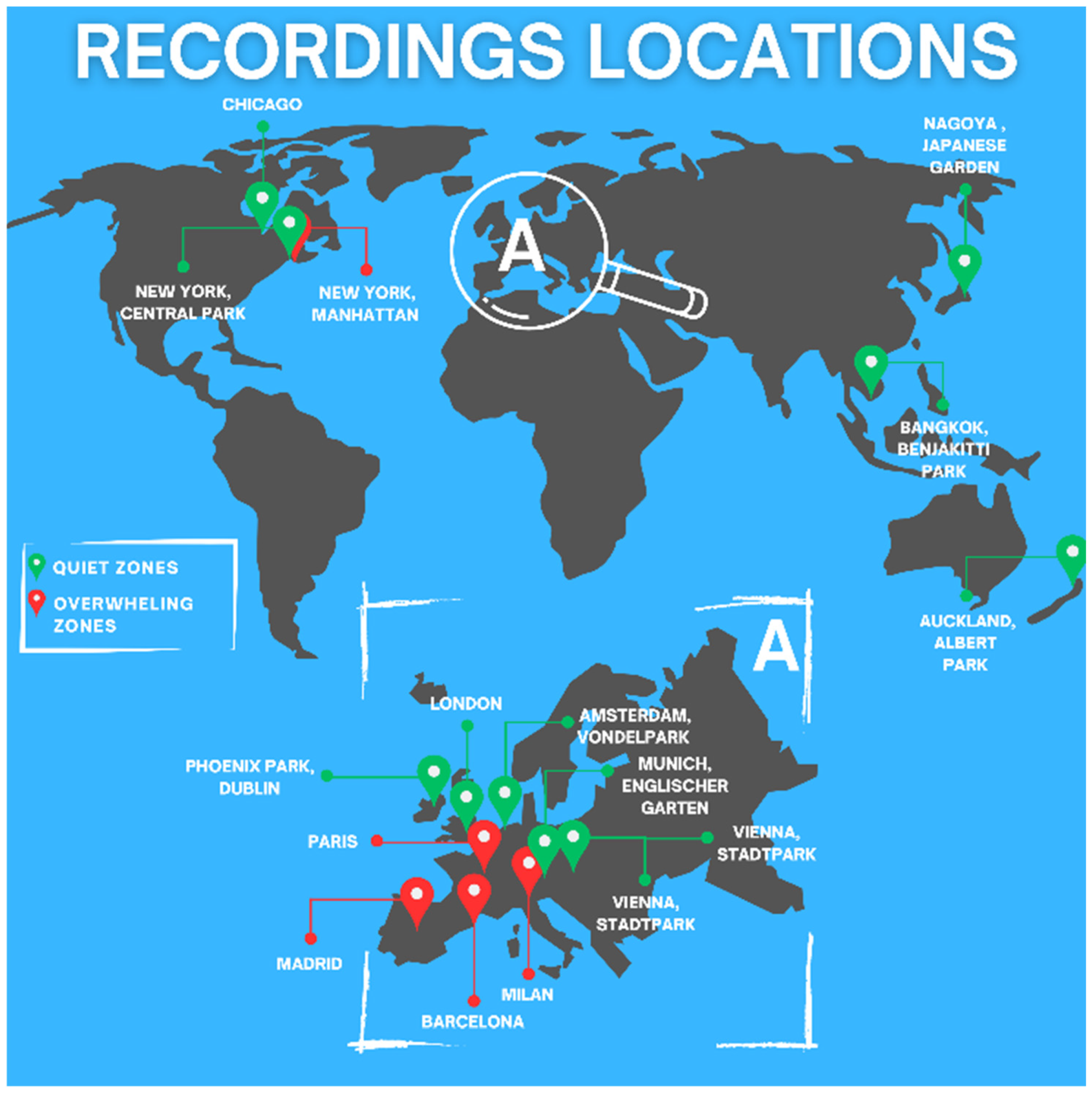
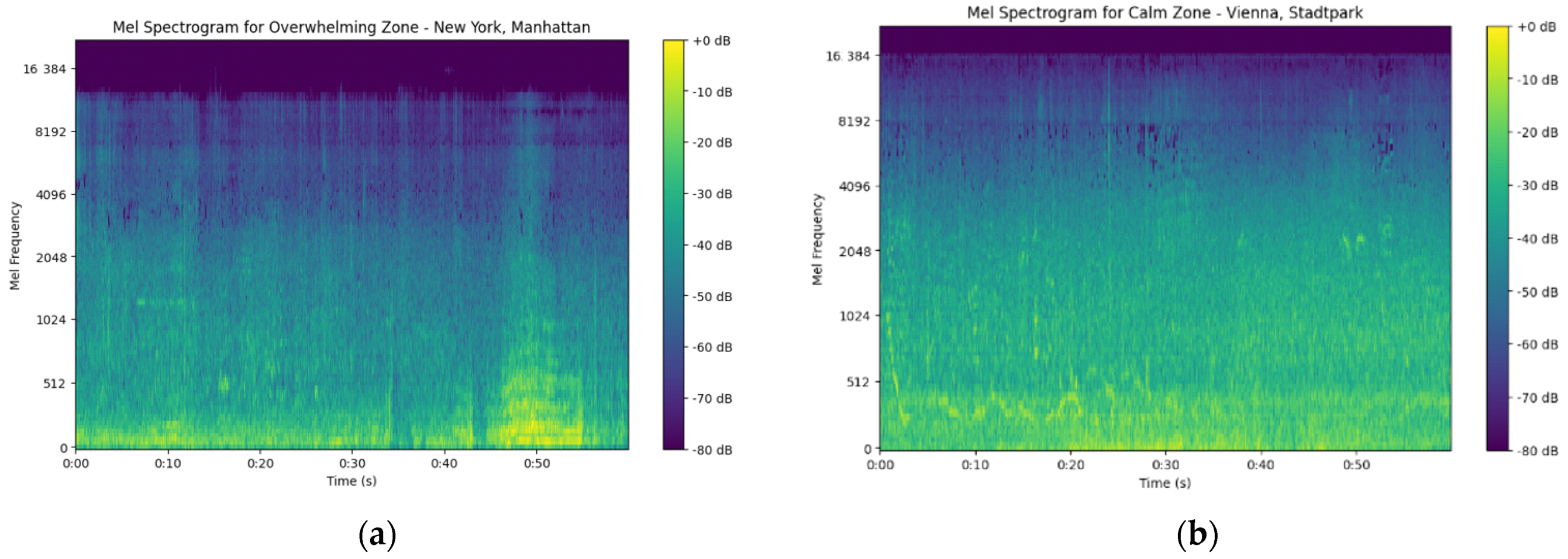
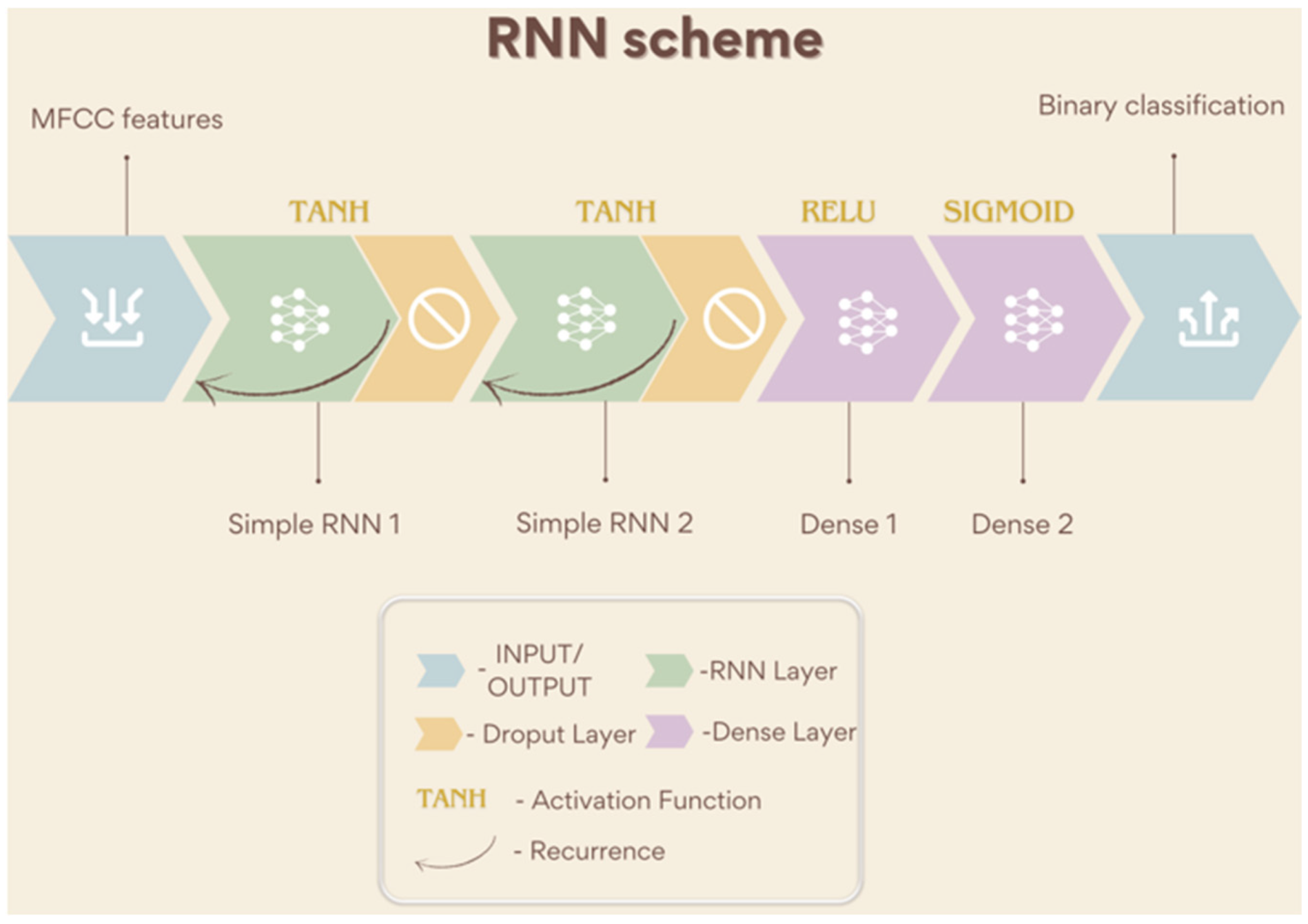
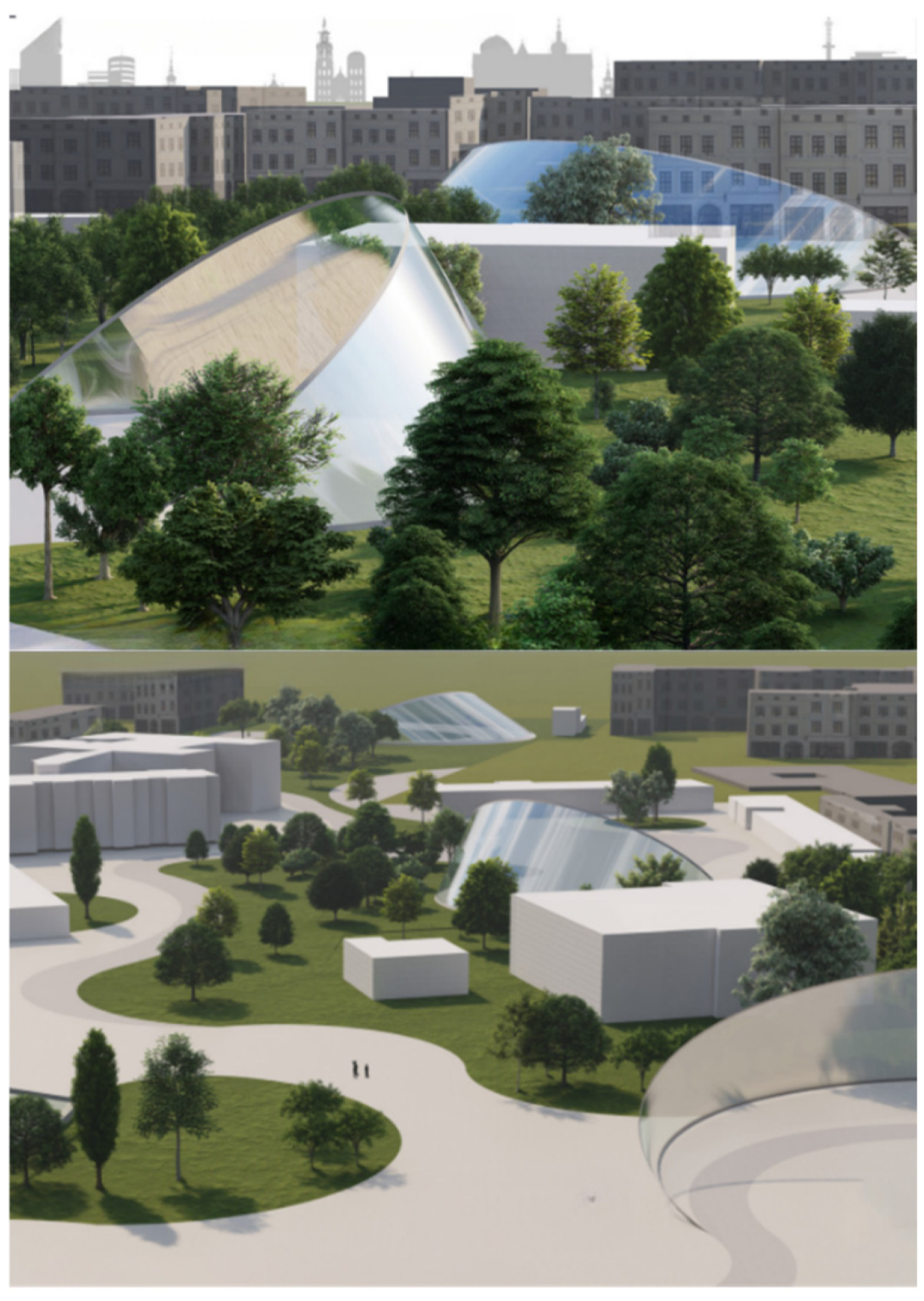
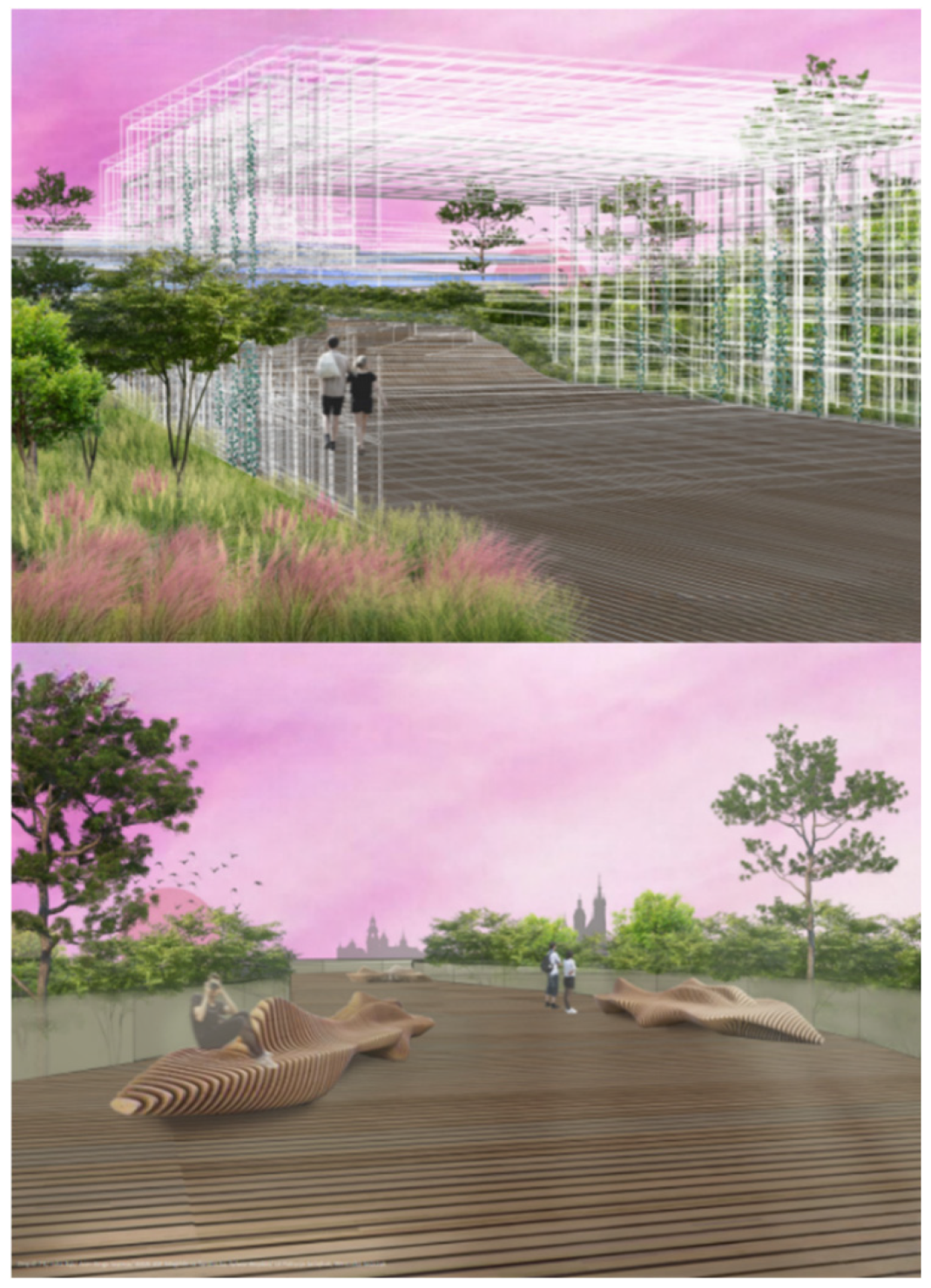


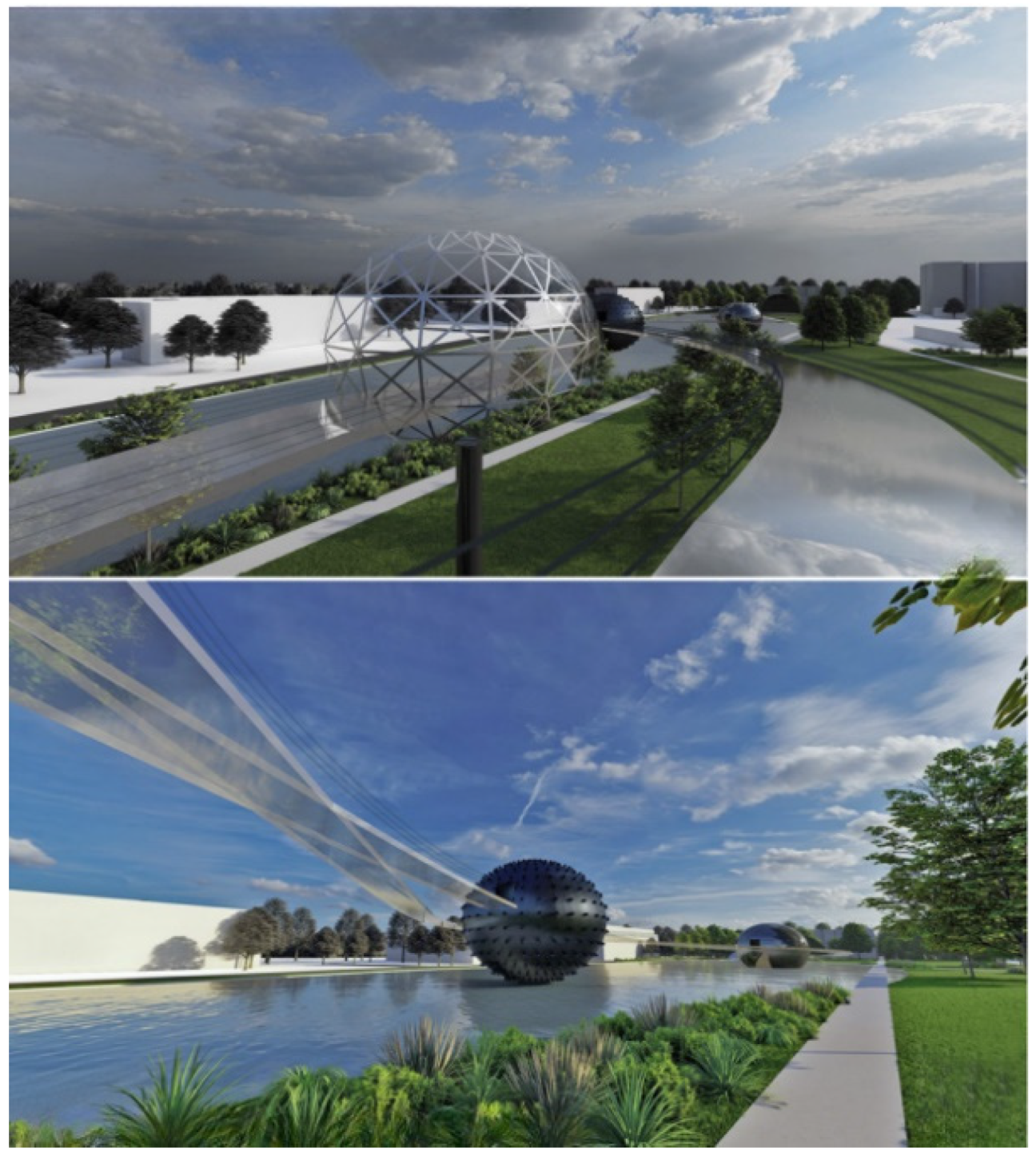

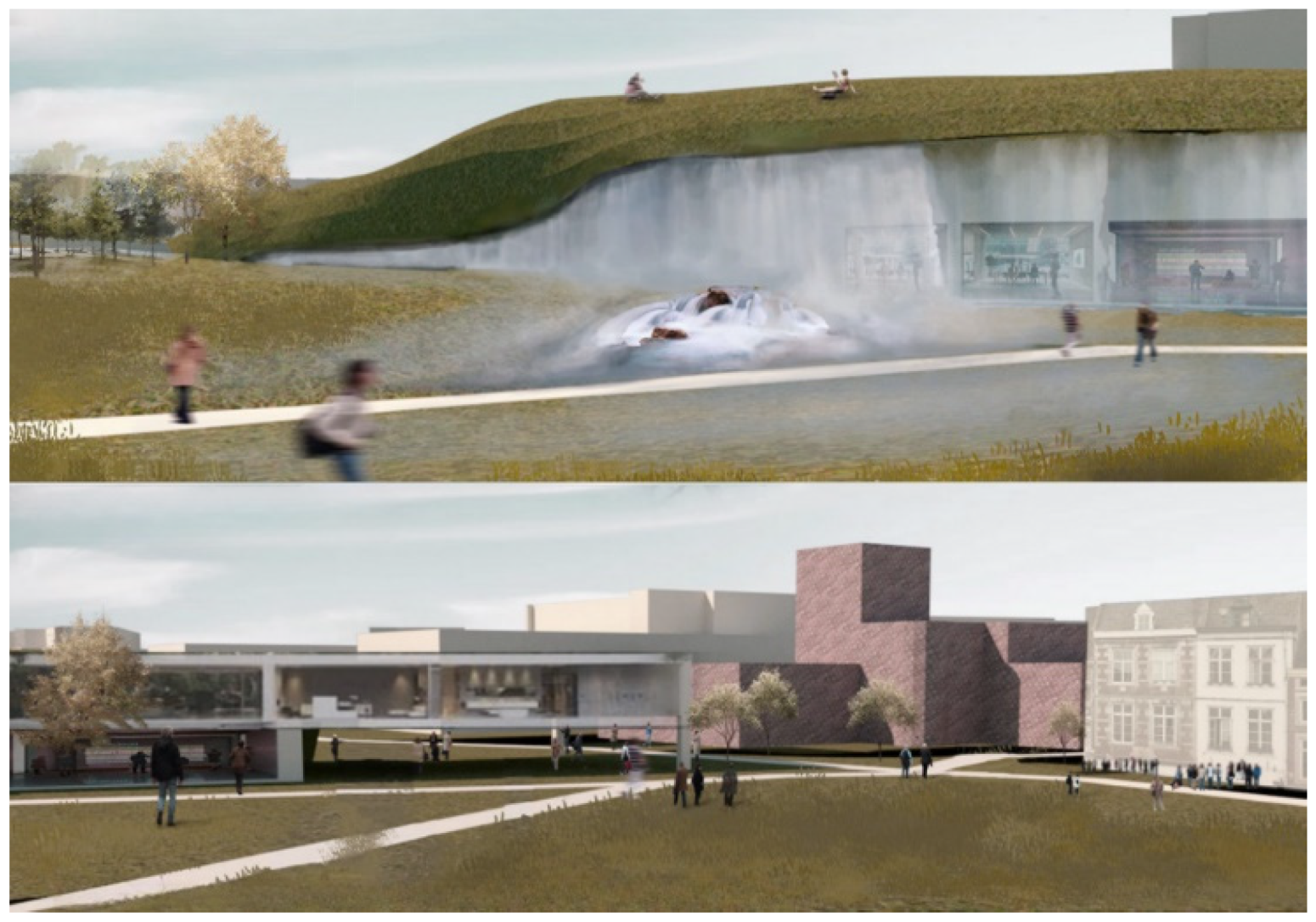
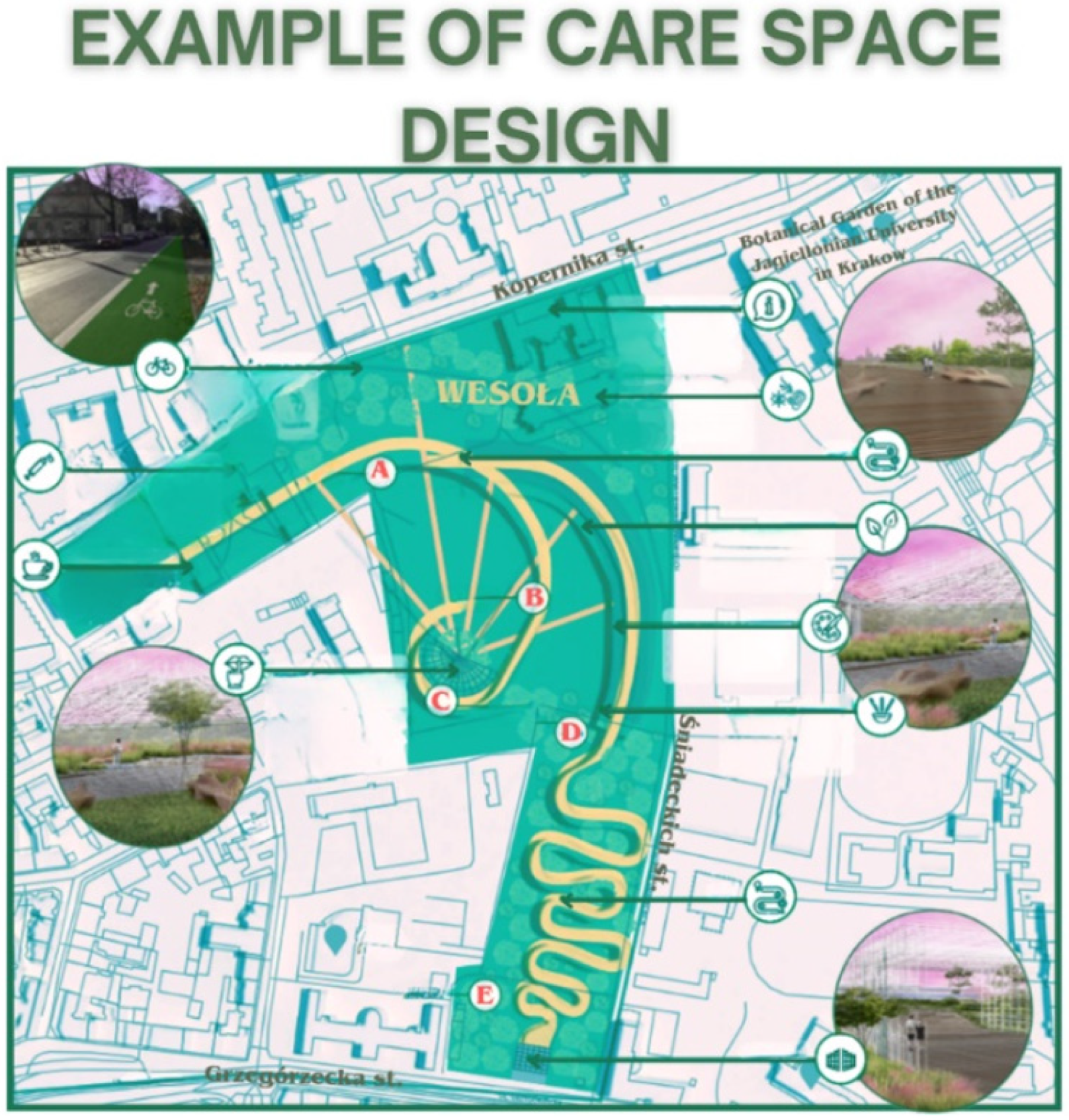
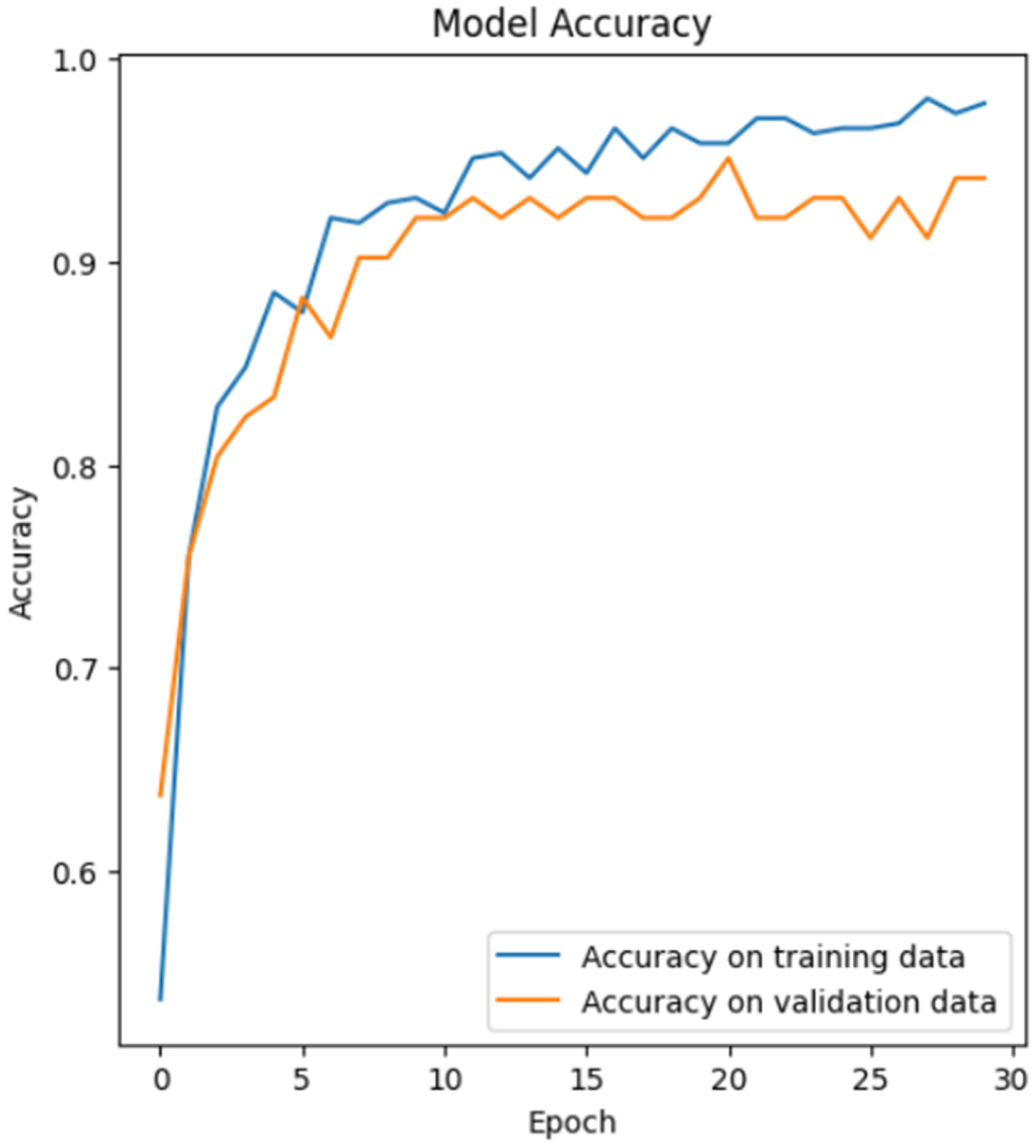

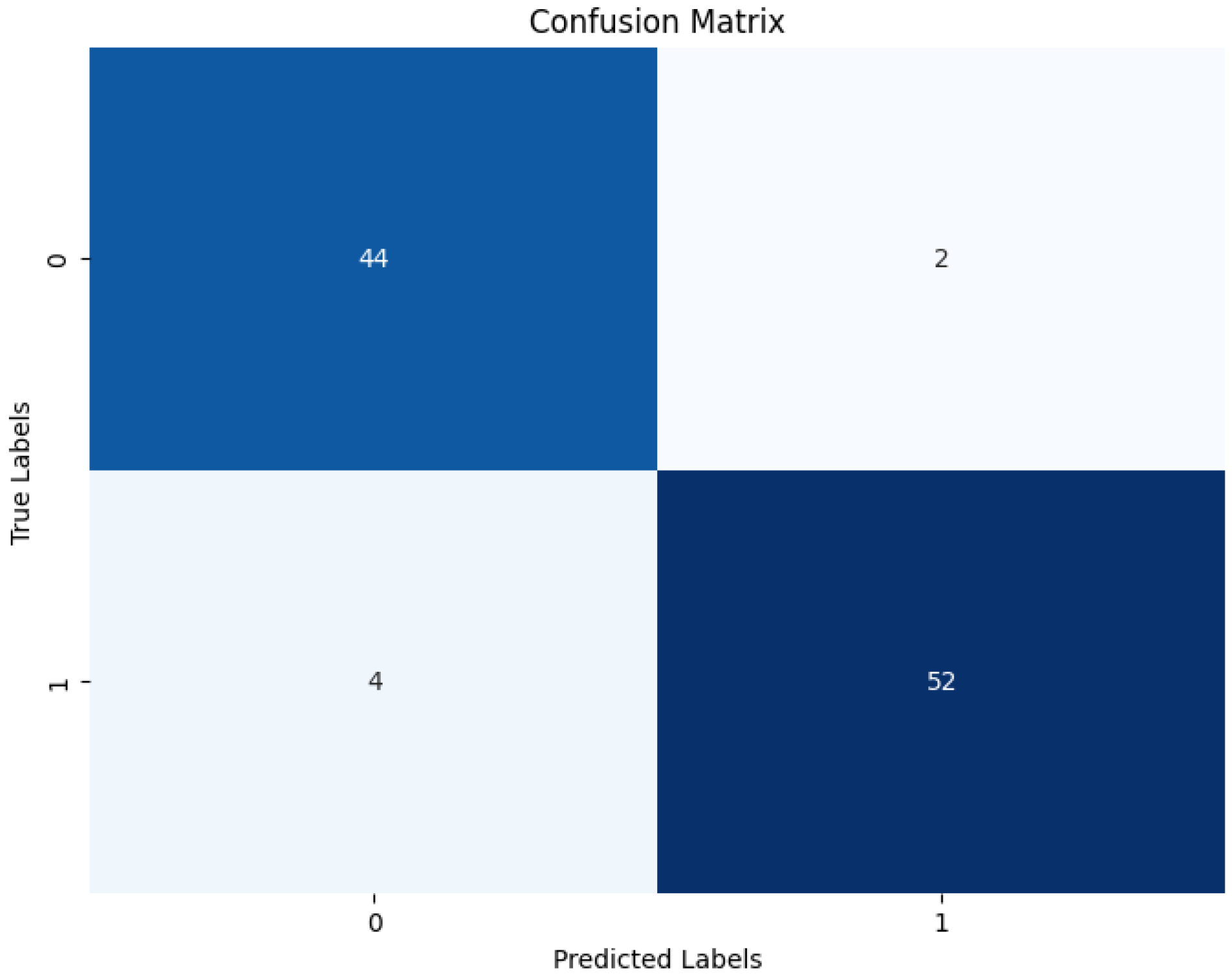
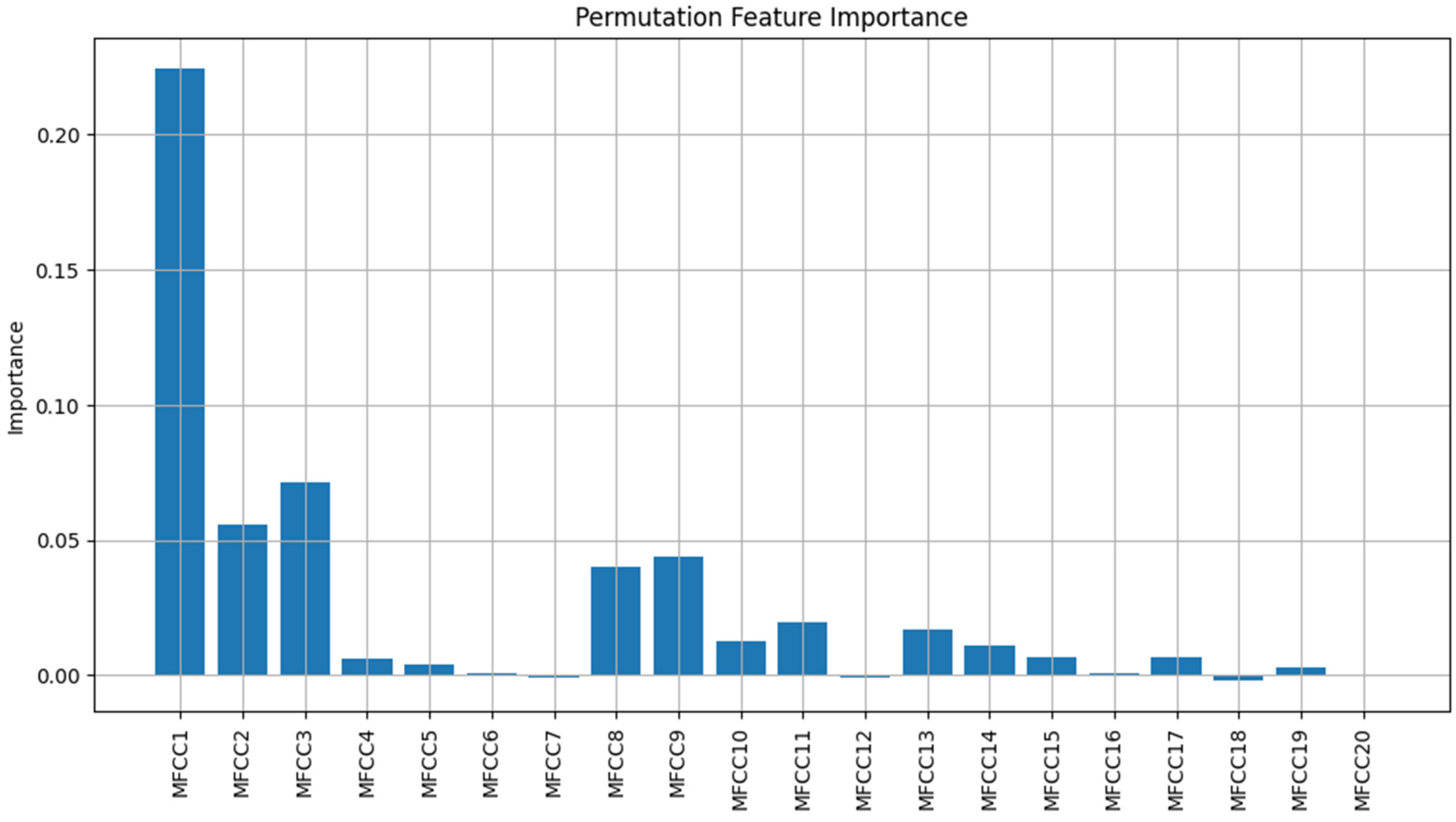
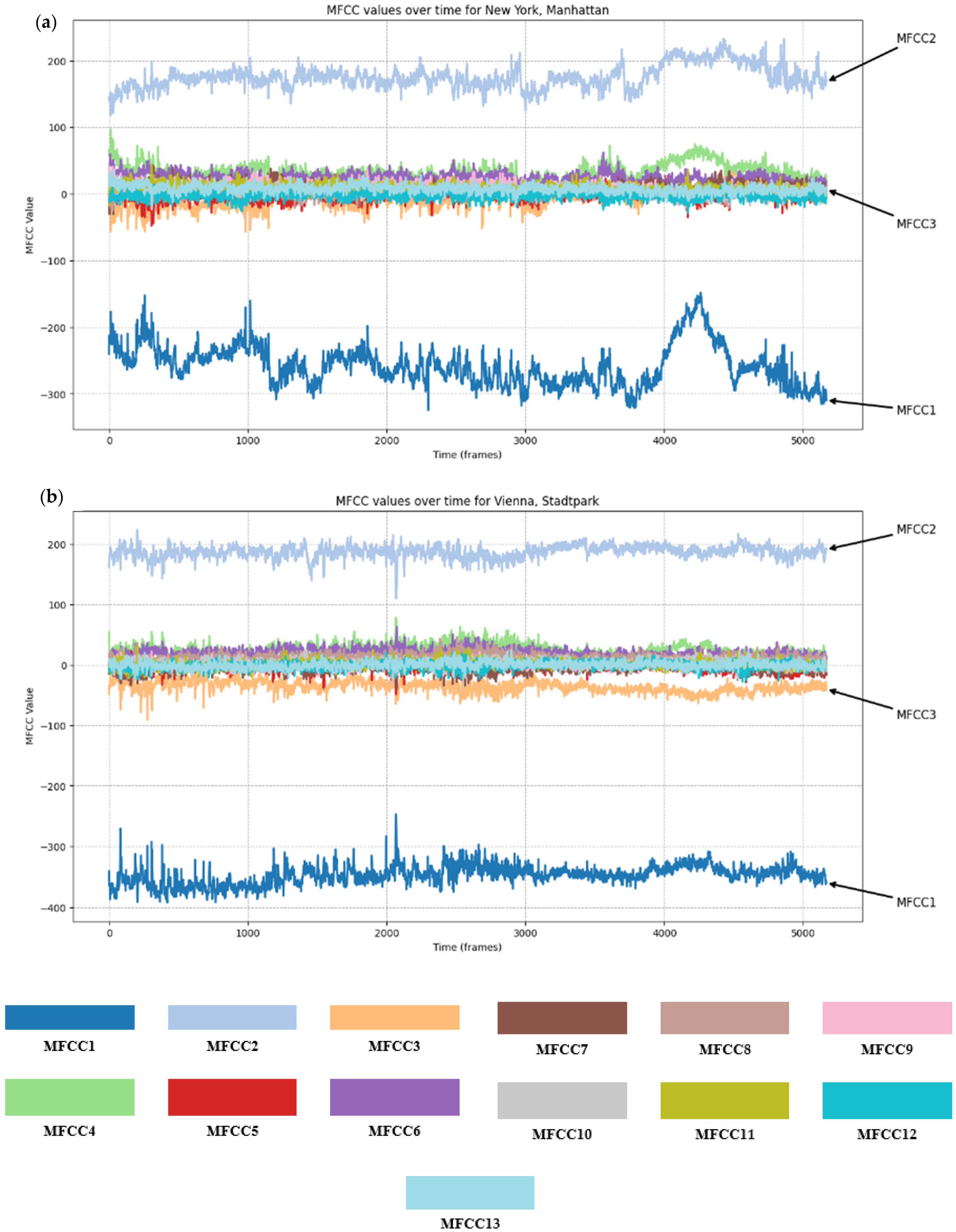
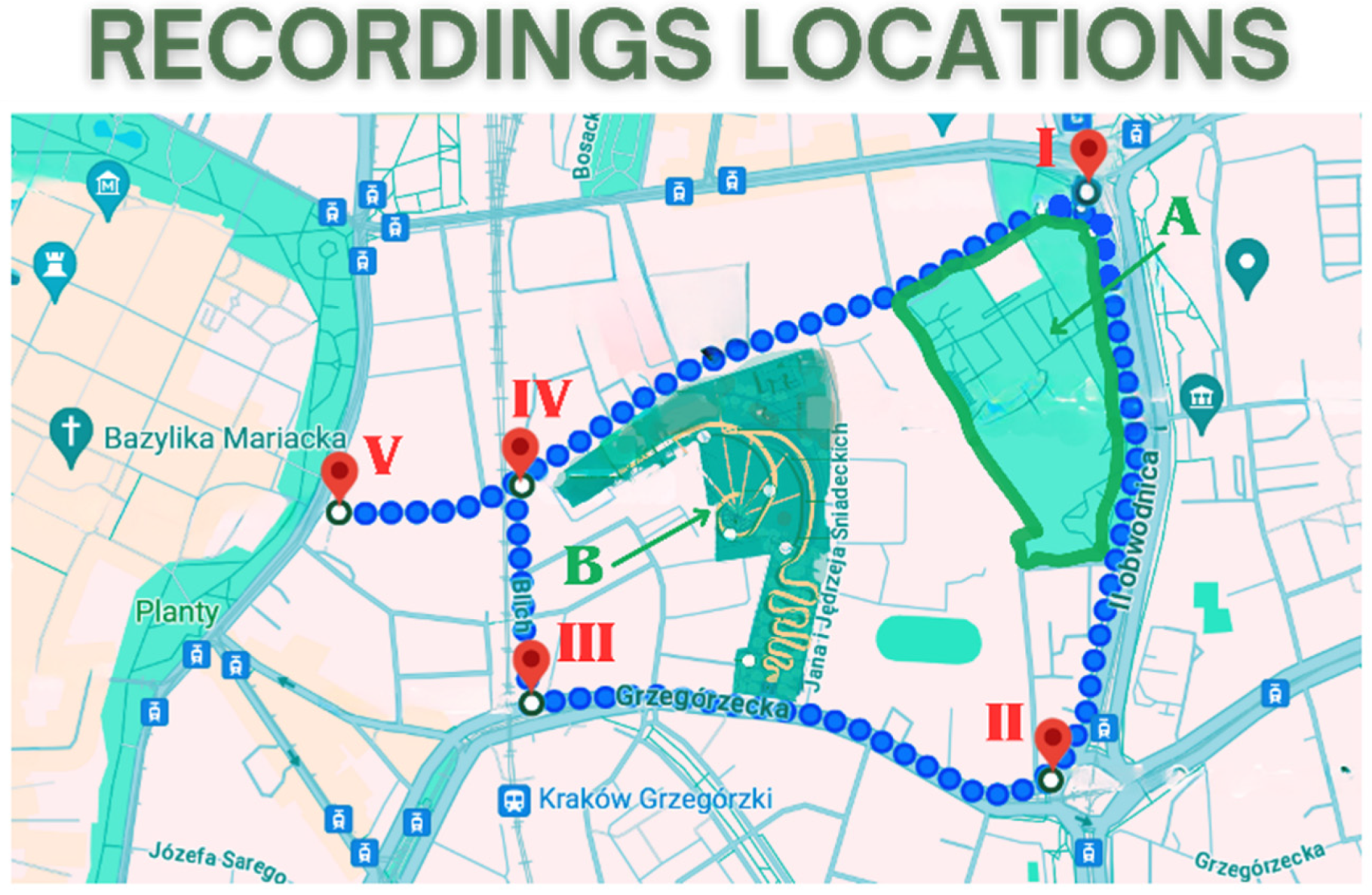
| Location | Number of Segments | Category | Location | Number of Segments | Category | Location | Number of Segments | Category |
|---|---|---|---|---|---|---|---|---|
| New York, Manhattan | 35 | Overwhelming | Madrid | 43 | Overwhelming | Madrid | Amsterdam Vondelpark | 20 |
| Vienna Stadtpark | 21 | Quiet | Barcelona | 25 | Overwhelming | Barcelona | Phoenix Park, Dublin | 28 |
| Vienna Türkenschanzpark | 32 | Quiet | Milan | 52 | Overwhelming | Milan | Benjakitti Park, Bangkok | 22 |
| Central Park, New York | 52 | Quiet | Englischer Garten, Munich | 27 | Quiet | Englischer Garten, Munich | Albert Park, Auckland | 23 |
| London | 33 | Overwhelming | Japanese Garden, Nagoya | 23 | Quiet | Japanese Garden, Nagoya | ||
| Paris | 40 | Overwhelming | Chicago | 34 | Overwhelming | Chicago | ||
| Total | Number of segments | |||||||
| Quiet | 262 | |||||||
| Overwhelming | 248 | |||||||
| Total | 510 | |||||||
| Subset Number | Result |
|---|---|
| Fold 1 | 0.9314 |
| Fold 2 | 0.9412 |
| Fold 3 | 0.9608 |
| Fold 4 | 0.9216 |
| Fold 5 | 0.9412 |
| Mean for all subsets: | 0.9392 |
| Category | Number of Segments | Number of Segments Classified as Quiet | Number of Segments Classified as Overwhelming |
|---|---|---|---|
| Botanical Garden | 30 | 30 | 0 |
| Grzegorzecka Street | 10 | 0 | 10 |
| Blich Street | 10 | 2 | 1 |
| Kopernika Street | 3 | 10 | 6 |
| Powstania Warszawskiego Avenue | 16 | 0 | 16 |
Disclaimer/Publisher’s Note: The statements, opinions and data contained in all publications are solely those of the individual author(s) and contributor(s) and not of MDPI and/or the editor(s). MDPI and/or the editor(s) disclaim responsibility for any injury to people or property resulting from any ideas, methods, instructions or products referred to in the content. |
© 2024 by the authors. Licensee MDPI, Basel, Switzerland. This article is an open access article distributed under the terms and conditions of the Creative Commons Attribution (CC BY) license (https://creativecommons.org/licenses/by/4.0/).
Share and Cite
Ozga, A.; Frankiewicz, P.; Frankowska, N.; Gibała-Kapecka, B.; Kapecki, T. Designing Care Spaces in Urban Areas. Sustainability 2024, 16, 10507. https://doi.org/10.3390/su162310507
Ozga A, Frankiewicz P, Frankowska N, Gibała-Kapecka B, Kapecki T. Designing Care Spaces in Urban Areas. Sustainability. 2024; 16(23):10507. https://doi.org/10.3390/su162310507
Chicago/Turabian StyleOzga, Agnieszka, Przemysław Frankiewicz, Natalia Frankowska, Beata Gibała-Kapecka, and Tomasz Kapecki. 2024. "Designing Care Spaces in Urban Areas" Sustainability 16, no. 23: 10507. https://doi.org/10.3390/su162310507
APA StyleOzga, A., Frankiewicz, P., Frankowska, N., Gibała-Kapecka, B., & Kapecki, T. (2024). Designing Care Spaces in Urban Areas. Sustainability, 16(23), 10507. https://doi.org/10.3390/su162310507






